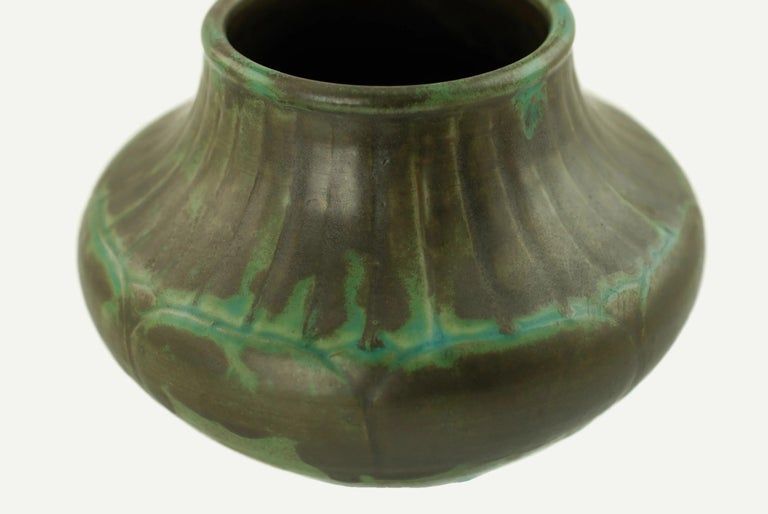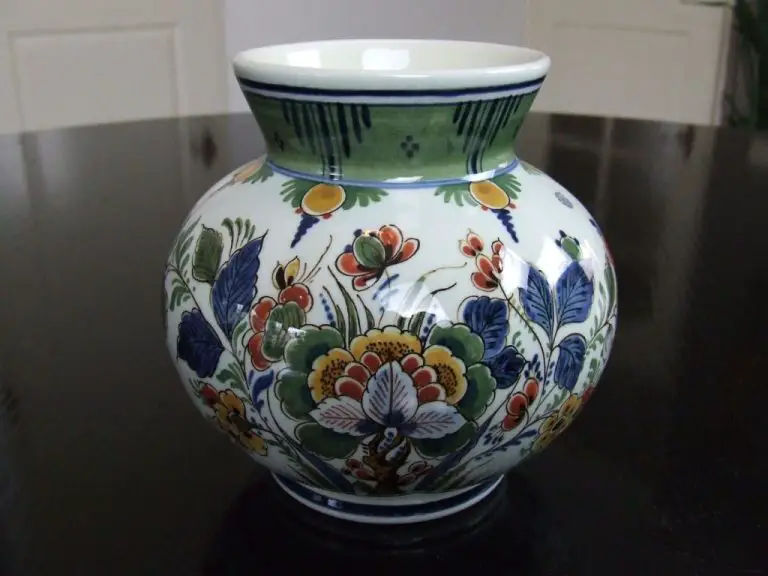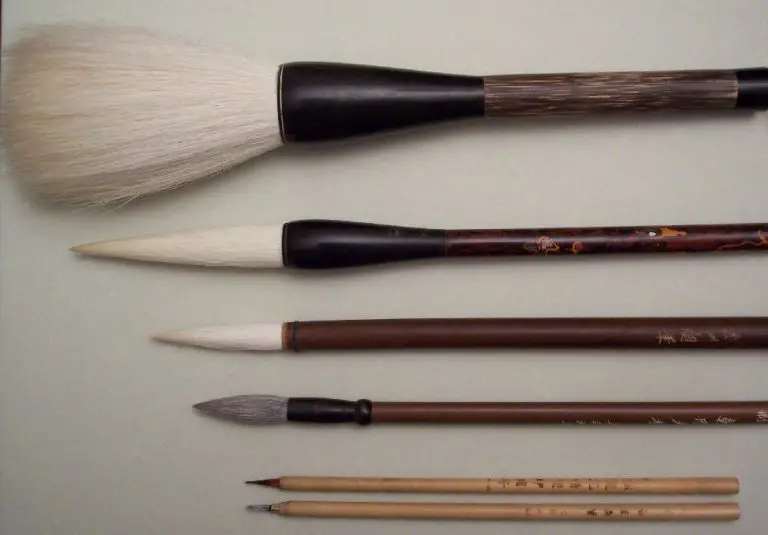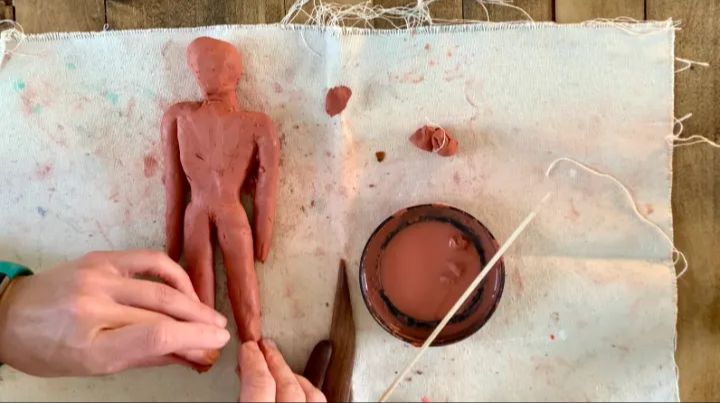What Is The History Of Shearwater Pottery?
Early History
Shearwater Pottery was founded in 1928 by Peter Anderson with the support of his parents, George Walter Anderson and Annette McConnell Anderson. The original pottery was located in a barn on their family property in Ocean Springs, Mississippi (http://shearwaterpottery.com/).
The founding principles focused on creating functional, beautiful pottery with local materials. Peter Anderson aimed to produce pottery that captured the natural landscape and culture of the Mississippi Gulf Coast (https://en.wikipedia.org/wiki/Shearwater_Pottery).
Growth and Expansion
Shearwater Pottery grew in popularity and expanded its operations over the decades since its founding. Some major milestones included opening a retail shop in 1934, acquiring the property that became Shearwater’s permanent location in 1941, and relocating manufacturing operations to that site in 1959 (Walter Anderson Museum).
In the 1950s and 60s, Shearwater Pottery saw substantial growth under the leadership of Peter Anderson’s sons Walter Inglis Anderson and James McConnell Anderson. The unique artwork of Walter Anderson drew acclaim, contributing to Shearwater’s fame. By the 1970s, Shearwater pottery was being sold nationally at major department stores (Wikipedia).
Today, Shearwater Pottery continues operations on its Ocean Springs site as a popular destination for visitors interested in its history, artwork collections, and active pottery studio.
Manufacturing Process
Shearwater Pottery was known for its innovative manufacturing techniques and use of local materials. The pottery primarily used a buff-colored clay obtained from sources in Mississippi and Alabama to create both wheel thrown and slip cast pieces (http://shearwaterpottery.com). Walter Anderson was very particular about using high quality Southern clays that resulted in a soft, warm coloring and texture in the finished products.
The pottery was an early pioneer in using the slip casting technique for pottery production, allowing them to efficiently mass produce ceramic figurines and decorative objects. Liquid clay slip was poured into plaster molds to form the pieces, which were then dried and fired in the kiln. Walter Anderson devised many of the plaster molds himself based on his nature drawings of animals and coastal scenes (https://mississippifolklife.org/articles/recalling-shearwater-pottery).
In addition to slip casting, the pottery also created hand thrown functional wares like vases, bowls, and pitchers on traditional pottery wheels. Some of the most recognizable Shearwater pottery pieces combine both wheel thrown vessels with slip cast decorative elements attached. The contrast of the smooth thrown surfaces and detailed molded decorations became a signature of Shearwater Pottery’s style.
Notable Collections
Shearwater Pottery pieces are housed in several prominent museum collections. The Mississippi Museum of Art has a significant holding of Shearwater works, with over 160 pieces in their permanent collection, including many early pieces made by Walter Anderson as well as rarer experimental glazes.
In 2017, the Walter Anderson Museum of Art hosted an exhibition called “90 Years of Shearwater” to celebrate the history of the pottery. It showcased works spanning the full history of Shearwater, including several rare, early pieces.
Several colleges and universities also have Shearwater collections, including the University of Mississippi. The school’s archives contain historic Shearwater materials like brochures and glaze recipes in the Christopher Maurer Research Collection on Shearwater Pottery.
Individual collectors have also sought out Shearwater pieces, especially works made during Walter Anderson’s lifetime. His sisters centered their revival of the pottery around recreating some of his most popular glazes and designs.
Influences and Style
The style and aesthetic of Shearwater Pottery were heavily influenced by Peter Anderson’s time spent in New Orleans studying art and architecture in the 1920s. While there, he was exposed to Southern folk pottery and enamored by the arts and crafts movement sweeping the nation. According to the Shearwater Pottery website, Peter drew inspiration from Southern folk potters like Newcomb Pottery, George Ohr, and slave potters who crafted utilitarian earthenware pots.1

Upon establishing Shearwater in Ocean Springs, Mississippi in 1928, Peter aimed to create functional stoneware that was both beautiful and affordable for local residents. His early pieces featured earthy glazes in tones of brown, blue, and green paired with clean, simple forms. According to the Walter Anderson Museum of Art, Shearwater’s style in these early years reflected the Anglo-Oriental aesthetic popularized by art potteries like Newcomb.2
As Shearwater expanded in the 1930s under Peter and his brothers Walter and James, they continued handcrafting functional stoneware with an emphasis on aesthetic harmony between glaze and form. Their pieces from this era showcase influences from ancient Oriental, British, and Mediterranean pottery in the coloring, patterns, shapes, and firing techniques. Shearwater’s style successfully blended beauty, function, and affordability.
Key Figures
Shearwater Pottery was founded in 1928 by Peter Anderson along with his brothers James, Walter, and Mac in Ocean Springs, Mississippi.
Peter became the potter while Walter and Mac became sculptors, decorators, and painters (About Shearwater Pottery). Walter Anderson is considered one of the most important designers for Shearwater in its early years along with his brother James McConnell Anderson (1907-1998) (Wikipedia).
Today, Peter’s daughter Patricia Anderson is one of the main decorators at Shearwater Pottery continuing the family legacy.
Recent Developments
Today, Shearwater Pottery continues to create beautiful pottery and tile works from its location on the coast of Ocean Springs, Mississippi. The company is currently owned and operated by Kevin Anderson, who purchased Shearwater in 2012 from the Walter Anderson family (Shearwater Pottery Home).
Under Anderson’s leadership, Shearwater Pottery has continued Walter Anderson’s legacy through various projects and initiatives. In 2014, Shearwater collaborated with the Walter Anderson Museum of Art to release a line of ceramic tiles featuring Anderson’s iconic artwork (Coast Life: Shearwater Pottery celebrates 95th anniversary).
Most recently in 2022, Shearwater opened a new Tile Studio on their property. This allows visitors to create their own custom tile artwork as a hands-on way to engage with Walter Anderson’s creative legacy (Shearwater Pottery Home). Shearwater Pottery remains committed to celebrating the coast through handmade pottery and carrying on the Anderson family’s creative vision.
Cultural Significance
Shearwater Pottery played an important role in the local community of Ocean Springs, Mississippi. Founded in 1928 by Peter Anderson and his sons James, Walter, and Peter Jr., Shearwater was one of the first art potteries in Mississippi and helped establish Ocean Springs as an arts community (1).
During the Great Depression, Shearwater provided steady employment for local residents when jobs were scarce. The pottery sold affordable plates, cups, and platters for everyday use, bringing beauty into people’s homes during hard times (1) (2).
Over its nearly 80 year history, Shearwater Pottery has been an anchor of the Ocean Springs artistic community. Generations of the Anderson family carried on the tradition of handcrafting functional, beautiful pottery. Their work has been exhibited at the Smithsonian and is found in many museum collections (2).
Today, Shearwater Pottery continues to be an important part of Ocean Springs’ cultural heritage. The pottery is a popular tourist destination, attracting visitors who wish to see the historic kilns and watch potters at work (1). Shearwater’s lasting legacy is its role in fostering an appreciation for the arts in Ocean Springs and introducing Mississippians to exceptional American craft pottery.
(1) https://mississippiencyclopedia.org/entries/shearwater-pottery/
(2) http://www.americanstudiocrafthistory.org/chapterResources/Ch_5_ShearwaterPottery.pdf
Notable Pieces
Some of the most iconic works from Shearwater Pottery include the Shearwater Oyster plates and figurines first created by Peter Anderson in 1928. These plates featured hand-painted oyster shells and are considered some of the most collectible pieces from Shearwater (Source).
Other iconic works include the cypress knee sculptures made from actual cypress wood that grows in the marshes along the Gulf Coast. Many of these sculptures depicted fish, birds, and other coastal wildlife (Source).
Some of the rarest and most valuable Shearwater Pottery collections include the earlier pieces made by Peter and Helen Anderson starting in 1928. These include figurines, vases, and functional wares like mixing bowls. Later pieces produced after George Ohr’s death in 1936 are also considered collectible.
Legacy
Shearwater Pottery has had a lasting impact on the history of American ceramics. Founded in 1928, Shearwater was an early pioneer in developing the art pottery movement in the southern United States (http://shearwaterpottery.com/about/about.html). The pottery has become an iconic part of the cultural legacy and artistic heritage of Ocean Springs, Mississippi.
The Anderson family name has become synonymous with Shearwater Pottery. Over four generations, the Andersons have built Shearwater into one of the most well-known and collected American art potteries. Peter Anderson founded Shearwater and was later joined by his brothers James, Walter and Sandy. Today, Shearwater is operated by Peter’s grandson Jim Anderson who carries on the family legacy as the master potter (https://countryroadsmagazine.com/art-and-culture/visual-performing-arts/the-andersons-shearwater/).
Shearwater Pottery pieces can be found in major museum collections across the country including the Smithsonian American Art Museum, the Metropolitan Museum of Art and the Mississippi Museum of Art. This demonstrates the lasting cultural legacy and importance of Shearwater in the history of American ceramics (http://shearwaterpottery.com/).
As Shearwater Pottery approaches its 100th anniversary in 2028, the future outlook is positive. Jim Anderson continues to create new work using the techniques and forms synonymous with Shearwater while also evolving the style. Each new generation of the Anderson family has found ways to respect the legacy while moving Shearwater forward as a working pottery. This commitment to preserving the legacy while progressing artistically suggests Shearwater will continue to thrive for the next 100 years.




